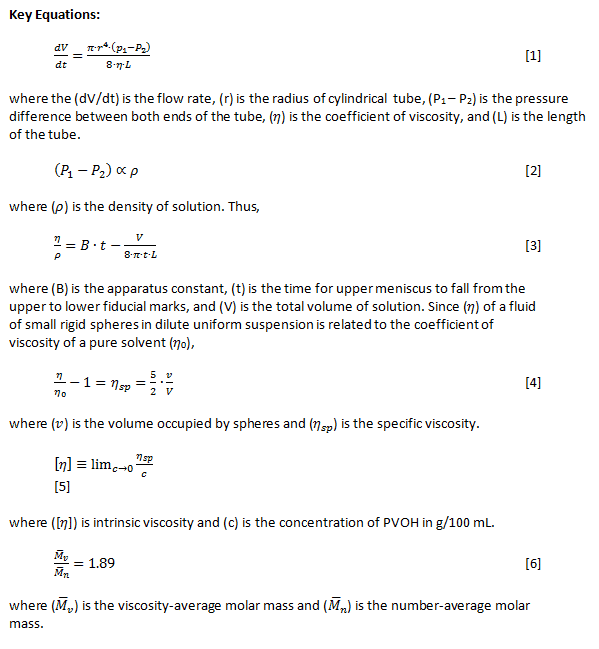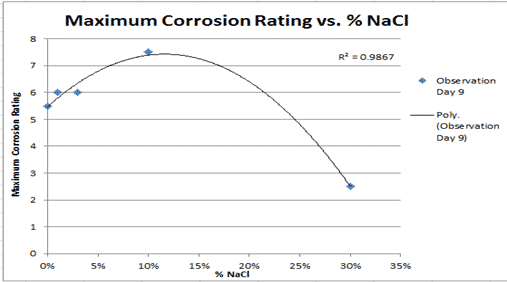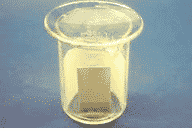William completed his Bachelor of Science and Master of Arts in 2013. He current serves as a lecturer, tutor and freelance writer. In his spare time, he enjoys reading, walking his dog and parasailing.
Article last reviewed: 2022 | St. Rosemary Institution © 2010-2024 | Creative Commons 4.0
William Shakespeare’s renowned play Romeo and Juliet is the quintessential description of infatuation in young people. He proved that young love provides pleasure but seldom lasts by writing this tragic tale. The main characters possess the tragic flaw of rashness in action which leads to their downfall. They are hasty in their actions and cease…
Research Question: What is the effect of changing the angle (ranging from 0° to 90°)at which the “Speed of a Bubble” tube is tilted on the velocity of the bubble going up the tube? Background: For this experiment we used “Speed of a Bubble” tubes. These are long glass tubes filled with a fluid of…
In the autobiography by Malcolm X, Malcolm describes the frustration he dealt with not being able to write down the language he spoke so fluently and explains how he came to literacy while in prison. He claimed to be an articulate speaker and hustler out in the street, captivating his audience when he had something…
The mobilization of resources and supplies to troops was undoubtedly essential to the success of the military in World War I. This is evident in many ways, primarily the Railway industrialization, the Schlieffen plan, the United States’ contributions to the war and England’s Navy, and alliances regarding resources. Arguably the most important aspect for getting…
The discovery of the importance of relationship and perspective is explored within the short story ‘The Gift of the Magi’ by O. Henry. The short story is centralized around the financially unstable Dillingham family, who sacrifice what each holds dear about each other in order to buy gifts that complement the respective possessions, only to…
In the 1960’s, the fight for civil rights, gender equality, and equity reached a peak. “Harrison Bergeron”, by Kurt Vonnegut, Jr. presents an effective warning for the reader, teaching readers that it is dangerous to allow those in power to define ideals like equality. Set in 2081, Vonnegut, Jr.’s Orwellian vision of the United States…
Carol Patrice Christ, a teacher at Yale University once said, “The mother must socialize her daughter to become subordinate to men, and if her daughter challenges patriarchal norms, the mother is likely to defend the patriarchal structures against her own daughters” (Christ n.p.). In The Saffron Kitchen, by Yasmin Crowther, a Muslim woman named Maryam struggles…
Objective: The purpose of this lab is to approximate the frequency of “head to head” occurrences in a polydisperse solution of polyvinyl alcohol (PVOH) using the Flory & Leutner Method. The Flory & Leutner method depends on the notion that a “head to head” linkage is a 1,2 glycol which can be cleaved by periodic…
INTRODUCTION Natural law is a philosophy that certain rights or values are inherent by virtue of human nature, and universally cognizable through human reason. Historically, natural law refers to the use of reason to analyze both social and personal human nature to deduce binding rules of moral behavior. The law of nature, being determined by…
Some variables are manipulated and others are controlled. The greatest advantage with this method is that you can infer cause and effect because of the way the experiment is set up and the way it is controlled. A disadvantage can be your subjects might not behave as naturally as they should. There are two very…
SURVEY METHOD The survey method involves handing out questionnaires to try to get an idea to establish people’s attitude, beliefs and behavior. You have a population of interest; who you are interested in surveying. E.g. You want to study Canadian teenagers about their attitude on the legalization of marijuana Ideally, you would give a survey…
The leading cause of death in horses is colic. Colic is defined as abdominal pain and is a symptom, not a diagnosis. (Walker) Some causes of this would be improper care, diet, and management practices, but it can be prevented. Colic can be treated if the symptoms aren’t avoided, otherwise can be fatal. There are…
In the dystopian novel Legend by Marie Lu, the author develops the theme of how nothing is as it seems. In order to develop this theme, the author used the literary technique of point of view throughout the story, switching back and forth between Day and June’s point of view. The examples the author uses…
Aim: To investigate how different concentrations of sodium chloride affect the rate of corrosion on iron nails. Theory: Corrosion is the degradation of a metal due to chemical reactions between it and its surrounding environment (Bell, 2015). It is most commonly associated with rust, in particular the rusting of metals such as iron. Iron corrosion…
Doctor Who is a science-fiction television series that consists of a range of science references. The Doctor is a character who displays talent and smarts. David Tennant and Tom Baker was just two actors who have played the part of The Doctor. Tom Baker, the fourth doctor, is the longest running actor to play the…
TLC is thin layer chromatography, chromatography in which compounds are separated on a thin layer of adsorbent material, typically a coating of silica gel on a glass plate or plastic sheet. Lab coats and safety glasses must be worn as Ethanol which is flammable, Ethyl Ethanoate which is volatile, highly flammable and the vapor may…
Abstract In this experiment, 1.41M sodium chloride aqueous solution was prepared and quantitatively transferred into a 250ml volumetric flask to further diluted to 0.141M. The transfer was inspected to be complete by attempting to precipitate with silver nitrate solution. Sand was successfully separated from 600ml water by vacuum filtration. The Pasteur pipet was calibrated to…
Shakespeare’s original play, Romeo and Juliet and Luhrmann’s appropriated version, both investigate different types of conflict. The two texts are set in completely contrasting social and historical contexts of Elizabethan England to Southern California in Verona Beach. Despite the contrast of the two settings, both texts explore the external conflict which stemmed from the family…
The Berlin Wall was a barrier that divided Berlin from 1961 to 1989. Constructed by the German Democratic Republic (GDR, East Germany), starting on 13 August 1961, the Wall completely cut off West Berlin from surrounding East Germany and from East Berlin. At the end of World War II, the Allied powers divided Germany into…
Jean-Jacques Rousseau General Information Jean Jacques Rousseau, was born at Geneva on June 28th, 1712. He was an influential Genevan philosopher, writer, and composer of 18th-century Romanticism. His political philosophy deeply influenced the major revolutions like the French Revolution and the American Revolution. Political and Social Views He was and is a national hero to…



















